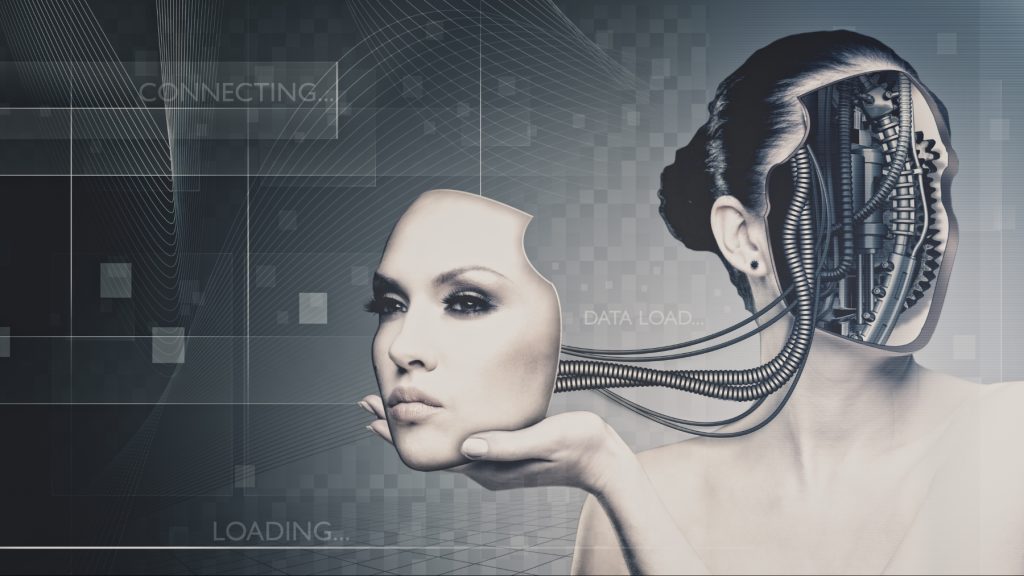
Female personas in digital spaces, especially in big tech and during significant events like Taiwan’s elections, receive higher engagement and credibility, raising concerns about gender bias in technology.
In the realm of big tech and political disinformation, a concerning trend has emerged: profiles with female personas attract significantly more engagement and credibility. This phenomenon has been particularly evident in recent digital disinformation campaigns surrounding Taiwan’s elections. Wen-Ping Liu, a researcher with Taiwan’s Ministry of Justice, highlights that these fabricated female profiles are notably more successful in gaining attention and trust online, reflecting deeper issues of gender stereotypes in technology and the manipulation of public perception.
Why Female Personas?
The preference for female identities by entities ranging from propaganda agencies to online scammers highlights a deep-rooted bias in human psychology. This specific preference associates female characteristics with warmth and trustworthiness, making them effective tools for online manipulation and leading us to the conclusion that there is gender bias in technology.
Cultural Influences on Gender Perception
The tendency to attribute human traits to objects and concepts, like naming ships as females, extends into the digital world also, influencing how chatbots and fake accounts are perceived. This anthropomorphizing makes these entities seem more familiar and trustworthy, especially when they mimic female characteristics.
Impact on Technology and Social Norms
The strategic use of female personas in technology and AI, such as in voice assistants and chatbots, raises concerns about reinforcing outdated gender stereotypes.
Sylvie Borau, a marketing professor in Toulouse, France, points out that internet users often perceive ‘female’ bots as more human-like compared to their ‘male’ counterparts. This perception is influenced by the stereotypical view of women as more agreeable and less threatening. “You want to inject some emotion and warmth and a very easy way to do that is to pick a woman’s face and voice,” stated Sylvie Borau.
Broader Implications
Naturally, this gender bias in technology has significant implications for online interactions and the design of digital entities. It challenges us to consider how emerging technologies might perpetuate or even amplify existing societal biases, influencing user behavior and engagement in subtle yet profound ways.
Sexism has entered technology through the use of female personas in digital spaces. Many bots and fake profiles are designed to appear female because people often trust and engage with them more. This is due to stereotypes that view women as more friendly and approachable.
Consequently, these biases are being used to manipulate online behavior, which reinforces outdated ideas about gender roles and can have negative impacts on how both women and technology are perceived.
Inside Telecom provides you with an extensive list of content covering all aspects of the tech industry. Keep an eye on our Tech sections to stay informed and up-to-date with our daily articles.